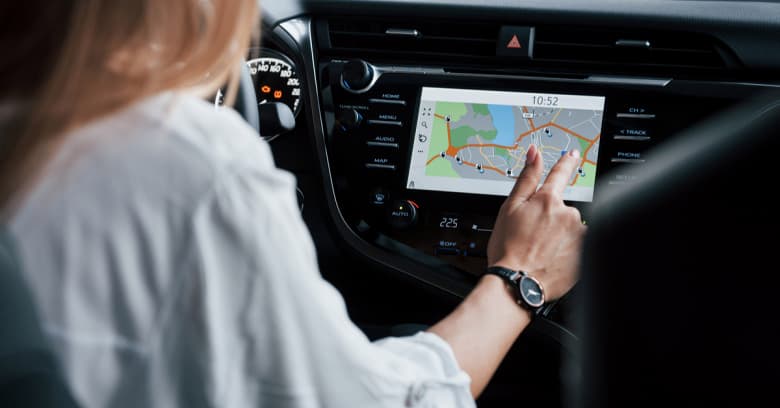Whether you're purchasing a new vehicle or shopping for car insurance, take the time to make sure your car insurance and the type of vehicle you're insuring are a good match. These days, most cars come with innovative safety features that can protect you and your family while on the road.
Safety should be your number one priority when it comes to purchasing a vehicle, but your second priority is probably buying a car you can afford, including the cost of upkeep and insurance. Do safer cars have lower car insurance rates? The short answer is sometimes, but not always.


















